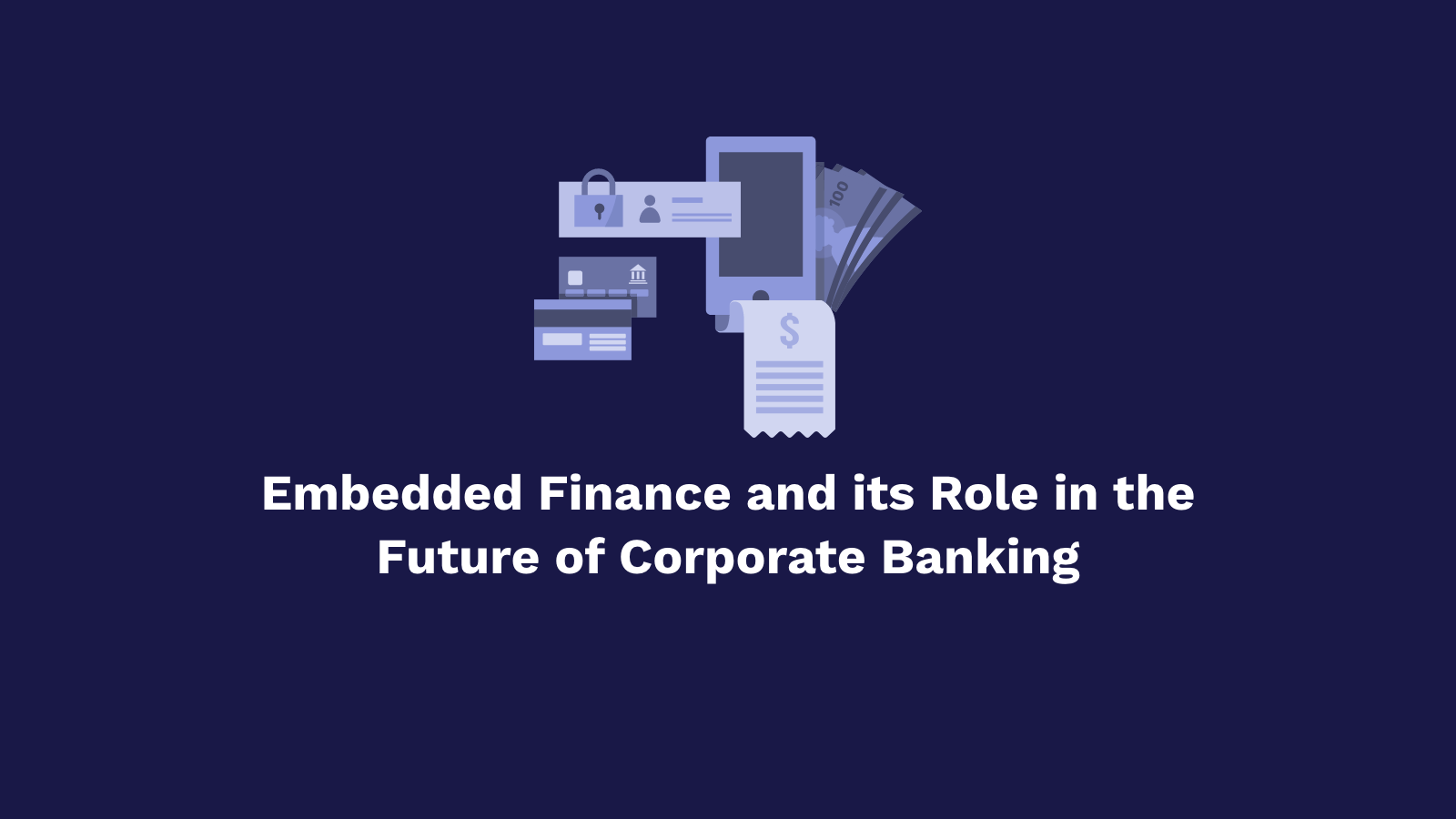
Embedded Finance and its Role in the Future of Corporate Banking
An Executive Insight with FISPAN’s CEO Clayton Weir as he shares more about embedded finance, its ability to streamline treasury management, and how to overcome challenges relating to executing innovative experiences for a bank’s financial clients.
Embedded finance is an area that uses technology to connect payment services and non-financial platforms. It is also an area expected to reach a global value of $7 trillion in the next ten years. Embedded finance is truly driving the customer experience, from fast connectivity to higher efficiency.
For corporate banking clients, this means having a financial institution (FI) that offers these embedded finance tools and services, or switching for one who does. However, for financial institutions, this also offers a large opportunity for growth. Clayton Weir, FISPAN’s Co-Founder and CEO, discusses more about the value of embedded banking for finance departments and how banks can capitalize on this opportunity by partnering with technology companies that understand the needs of their customers.
Read The Full Q&A Below
How have businesses’ banking needs since the start of the pandemic influenced the growth and adoption of BaaS and embedded finance solutions?
“Digitization and innovation have accelerated since the onset of the pandemic. Businesses suddenly needed to eliminate manual and paper-based processes, and so they’ve looked to their banks for help implementing digital solutions quickly. Banks have had to rethink their innovation goals, and they’ve started asking what efforts will have an immediate impact on the client experience. The demand for solutions such as embedded banking has increased dramatically.”
What role do you see embedded finance playing in corporate banking over the next five years?
“A huge opportunity exists for finance departments when it comes to embedded banking. By having their business banking embedded inside the platforms they use to run their businesses day to day — such as ERPs or accounting software — business clients are provided with a more automated and streamlined treasury management process. They don’t need to have any technical know-how, so they can just focus on growing their business. This obviously also creates a huge opportunity for banks, and it’s an easy way for them to respond to the shifting demands of their corporate clients.”
What is keeping some banks from meeting businesses' emerging payment needs, and what are some of the technologies that can help them overcome these frictions?
“Banks are seeing a lot of demand to offer online business banking services that rival consumer banking experiences. This introduces challenges for FIs but also some important long-term benefits. Something that often inhibits banks from providing these experiences to their clients is integration challenges. When you look at the biggest drivers of a failed software project, a disproportionate amount of blame tends to fall on some failure to properly scope the mission in terms of vision, customer needs and potential constraints.
Risks become heightened in a domain area such as embedded/ERP banking. A team has to understand the nuances of client ERP systems, bank legacy systems, treasury banking, accounting workflows [and] banking workflows and deliver a program that can exist and add value within all of those different constraints.
Recently, we’ve observed that so much value has been created by technology companies that have treated businesses as consumers. Slack is a good example of success here. The shift to embedded banking is happening, and banks need to make investment decisions based on this shift. Once a bank has made the decision to invest in embedded banking, the best way to move forward is through a mix of partnerships, taking advantage of APIs and partnering with FinTechs that give them a head start without having to build out solutions themselves. Different banks are making use of different combinations of those partners to meet their specific needs.”
Learn more about the current state of commercial banking in this free FISPAN report made in collaboration with PYMNTS.
More About Clayton Weir
Clayton R. Weir is the Chief Executive Officer and Co-Founder of FISPAN. He shapes FISPAN’s vision and execution, with an emphasis on people, product, and client success. He previously founded the BC Tech HyperGrowth Accelerator and FinTech Industry Cluster.
Over the last 5 years, Clayton has led FISPAN to become the market leader in embedded banking. FISPAN banking partners collectively hold $11 trillion in assets and include 11 of the top 40 banks in North America. Clayton is also the host of FISPAN’s If I Ran the Bank podcast, hitting on the hottest topics in banking, finance, and the future of payments.


